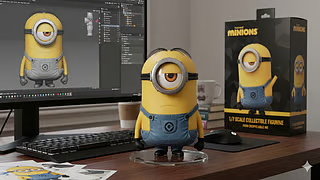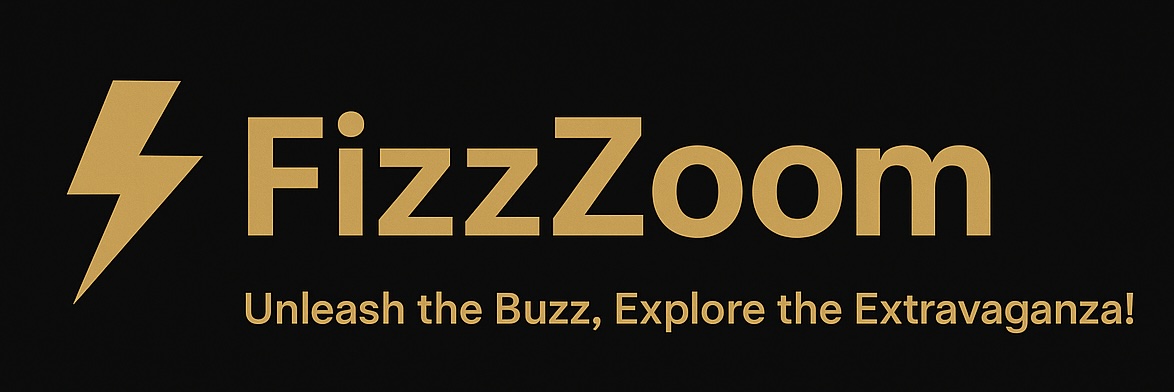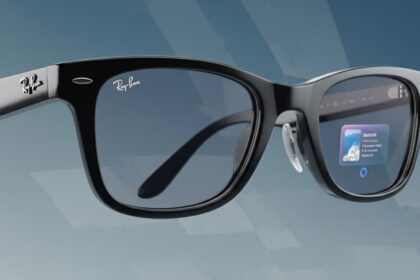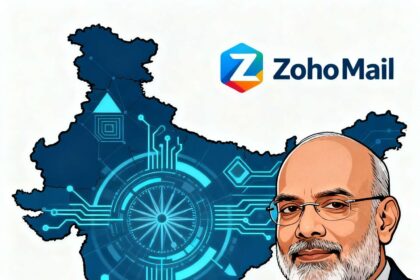The latest viral sensation in tech and social media is the ‘Nano Banana’ trend, powered by a newly launched Google AI tool that transforms ordinary photos into stunningly realistic 3D figurines completely free of charge. Launched globally in September, this tool is rapidly becoming popular across platforms like X (formerly Twitter), Reddit, and Instagram, as users share lifelike digital sculptures of themselves, pets, and creative characters.
The free Google AI tool enables anyone to upload a picture and instantly get a downloadable 3D digital figurine. What sets ‘Nano Banana’ apart is its accessibility and uncanny lifelike results compared to previous photo-editing or 3D modeling apps. Tech experts say the system uses advanced neural networks trained on millions of images and object scans, producing high-resolution, printable models.
A Google spokesperson stated, “By making 3D creation as simple as uploading a photo, we hope to democratize design and let people express themselves in new ways.” Social media is flooded with examples: users are making digital keepsakes of childhood photos, pets, and even memes. With no cost or coding skills required, the technology lowers barriers for entry to 3D modeling.

How does ‘Nano Banana’ work?
Users visit the trend’s dedicated Google AI site, drag and drop any image—selfies, group photos, pets, artwork—and receive animated previews of 3D figurines within seconds. The results can be shared online, animated, or sent to a 3D printer for a physical miniature. “The realism is incredible. It’s the first time my dog’s photo looks like an action figure,” tweeted one early user.
Technology analysts note that viral AI trends like ‘Nano Banana’ reflect fast-growing consumer appetite for interactive and personalized digital content. The feature is free for all and does not require a Google account, although enhanced editing and export options are available for registered users. The tool is expected to remain free through the holiday season, driving massive web traffic and creative engagement.
Implications for social media and personal content
The ‘Nano Banana’ phenomenon is changing how people approach online sharing—moving from static images to dynamic objects, avatars, and digital collectibles. Influencers are already embracing the trend for giveaways and branded content, while parents are making lifelike digital figures from school portraits. Digital privacy experts advise users to upload only non-sensitive images, as viral AI tools continue to evolve.
As Google and other major tech companies invest in creative AI, ‘Nano Banana’ signals the future of mainstream user-generated 3D content. Whether it’s a new way to remember special moments, create avatars, or just have fun online, this trend is making waves across generations and geographies.
Creating your own 3D figurine is easy and free. Here’s how:
1. Visit the Google AI Studio website.
2. On the homepage, click ‘Try Nano Banana’. Open Gemini 2.5 Flash Image.
3. To generate AI art, enter any prompt of your choice.
4. To make a customised figurine, click the ‘+’ button, upload your image and run the 3D model prompt.
Tips And Tricks To Make Nano Banana 3D Model:
1. Make sure to use high-quality photos.
2. Give a specific prompt to get a realistic figurine.
3. Try different angles and expressions for a unique 3D model.
4. Mention details about the background and props.
For The Best Results, Use This Prompt:
“A realistic 1/7 scale figurine of the pictured characters stands on a clear acrylic base atop a sleek wooden desk. The desk is tidy, with a monitor displaying the ZBrush sculpting process: showing wireframes, textures and fine details. Beside it, a BANDAI-style toy box features vibrant 2D illustrations matching the figurine. Natural light from a nearby window casts soft shadows, highlighting the model’s textures and craftsmanship.”







